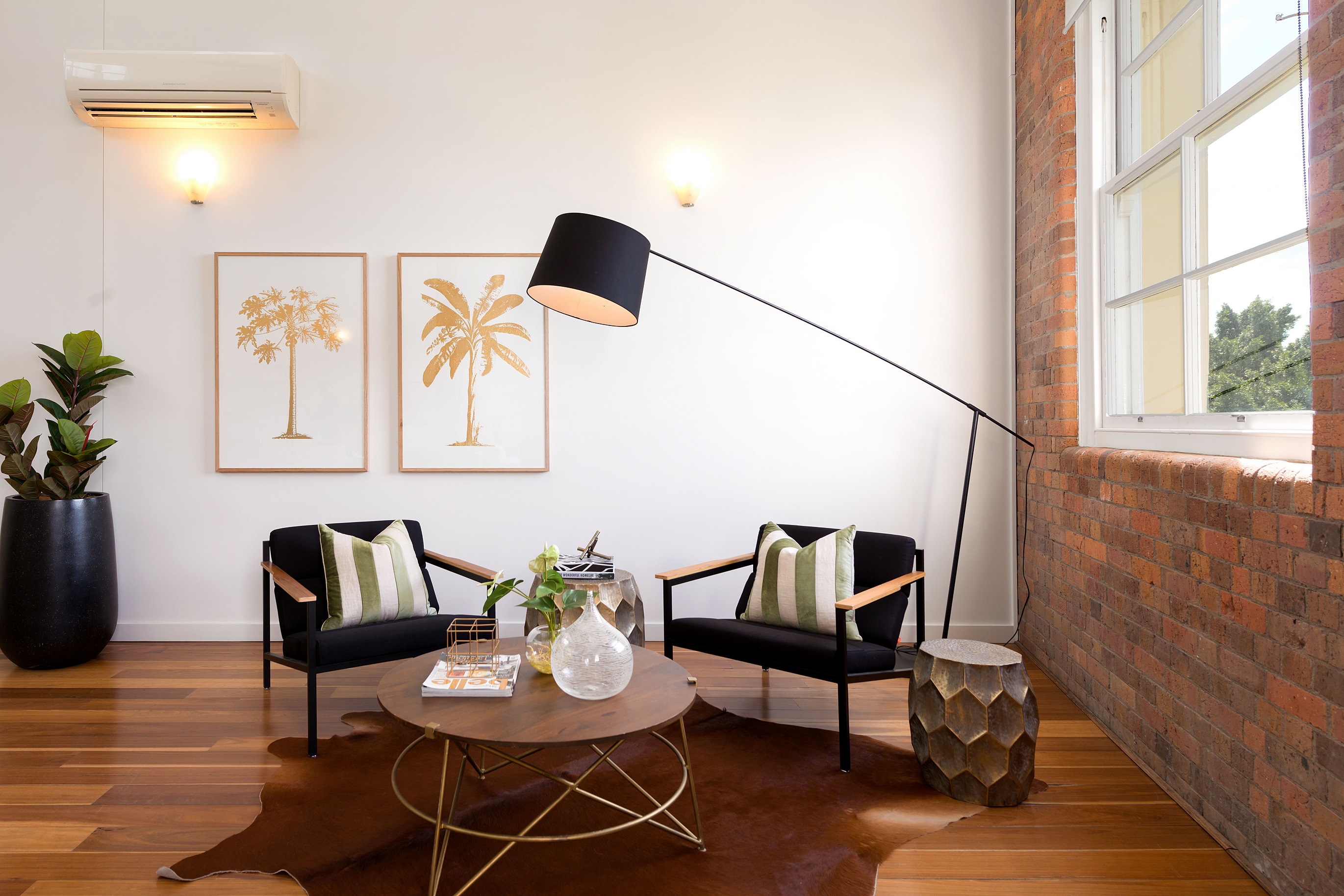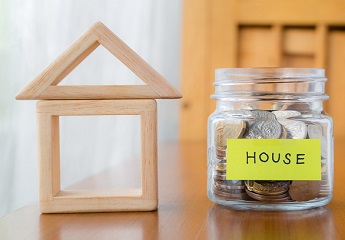Australia’s median home value hit a new high in June, but prices grew at the slowest monthly pace in 18 months.
Prices rose 0.18% nationally in June, according to the latest PropTrack Home Price Index, and have increased by 6.55% over the past year.
While homes have never been more expensive, the slower rate of price growth will be welcomed by buyers concerned about runaway property prices potentially locking them out of the market.
Prices have surged in many parts of the country over the past year, despite borrowing capacities falling by about 30% as a result of 13 interest rate rises since May 2022.
Strong homebuying demand has kept prices elevated, especially in areas where properties for sale have been in short supply.
But with more homes hitting the market in some cities, growth has begun to slow in every capital city, according to PropTrack senior economist Eleanor Creagh.
“The pace of growth has eased steadily since the end of the summer selling season as buyers enjoy more options,” she said.
Buyers are also expected to have more money to spend on property from today as the stage three tax cuts come into effect, boosting buyer’s borrowing capacities by tens of thousands of dollars.

Buyers will have more money to spend at auction as a result of the take cuts that take effect from July 1. Picture: Thomas Lisson.
A homebuyer earning $100,000 a year will get a $2,179 tax cut, boosting their borrowing capacity by about $25,000, while a buyer earning $150,000 will save $3,729, allowing them to borrow about $37,000 more.
While the changes will give buyers more to spend, it’s a catch 22: bigger budgets will likely lead to higher prices, according to Ms Creagh.
“From July, tax cuts will lift household incomes, increasing borrowing capacities and buyers’ budgets, further supporting price growth,” she said.
That said, the increase in borrowing power — which is expected to help first-home buyers the most — won’t cause growth to suddenly accelerate.
“Although home prices are expected to rise in the coming months, they will likely maintain a slower pace through the seasonally quieter winter period, particularly with increasing uncertainty around the outlook for interest rates,” Ms Creagh said.
Economists at Australia’s major lenders still think the next move for interest rates will be down, but a higher than expected inflation result has increased the likelihood of an interest rate hike at the Reserve Bank’s next board meeting in August.
The RBA kept interest rates on hold last month, with the board discussing a rate hike but not considering a rate cut at all.
How home prices changed around Australia in June

Australia’s median home value increased by 6.55% over the past year, with prices growing a little faster for houses (6.74%) than units (6.6%).
But in some cities, growth has been much more rapid than that.
Perth’s median house price has risen an incredible 23% in the past year alone, clocking the fastest growth in values of all the capitals to a record high of $762,000.
Meanwhile, the median house price in Adelaide has cracked the $800,000 mark, rising about 15% over the fast year to a new high of $810,000.
Brisbane’s market has also been surging forward, with house prices up almost 14% and units up almost 17% compared to a year ago.

This four-bedroom house in Wynnum in Brisbane's east sold for $1.85 million in June as the city's median price hit a new high. Picture: realestate.com.au/sold
The Queensland capital is now Australia’s second most expensive city after Sydney, with a 0.5% uplift in Brisbane’s combined house and unit value ($840,000) in June pushing it ahead of Canberra ($834,000). Both cities were tied for second place last month.
Meanwhile, conditions have improved a little for buyers in Australia’s two largest capital cities, Ms Creagh said.
“In Sydney and Melbourne, a surge in selling activity has seen the flow of new listings hitting the market this year increasing, improving choice for buyers.”
While Sydney home prices grew 0.41% in June to a new record high, this was the slowest rate of growth this year. A typical Sydney house is now worth $1.428 million, while the unit median is now $818,000.

This five-bedroom North Kellyville house sold for $2.3 million in June. Picture: realestate.com.au/sold
BresicWhitney chief executive Thomas McGlynn said the slight slowdown in the market was reflected in lower auction clearance rates and average amounts of registrations at auctions.
“But inspection numbers are still high," he said. "There's a healthy amount of buyers that would like to buy.”
“One thing that we’ve seen ever since the interest rates rise cycle started is that sentiment has been driven largely by commentary in the market from the RBA and a lot of the macroeconomic data that gets released.”
“But even if we do see a rise in interest rates, I don’t think that’s going to impact the market in a way where we see declining prices.”
He said tax cuts were unlikely to fuel widespread price growth, but could support prices for more affordable properties.
“There are going to be certain price points where it will have an effect, especially in the first-home buyer market,” he said.

Prices in Melbourne fell for the third month in a row, with an above-average number of homes for sale. Picture: Getty
In Melbourne, prices went backwards in June, falling 0.43% to put prices at about the same level as a year ago. This was the third consecutive month of declines, Ms Creagh said.
“Price momentum is weaker in Melbourne as buyers have consistently enjoyed more choice relative to other markets, contributing to softer selling conditions,” she said.
“At the same time, construction rates relative to population growth in Victoria have been somewhat balanced compared to other parts of the country.”
The total number of homes for sale in Melbourne has been above the decade average since mid-2023, Ms Creagh said.
Prices fell slightly across June in Hobart, Darwin and Canberra.
Slower price growth predicted for the year ahead
Looking forward, property values are expected to keep rising, albeit at a slower rate than over the past year.
“The smaller capital city markets, Perth, Adelaide, and Brisbane are likely to maintain their outperformance despite growth slowing as low stock levels intensify competition amid strong buyer demand, while Hobart and Melbourne continue to see weaker price momentum,” Ms Creagh said.

PropTrack’s latest Property Market Outlook Report has forecast prices will increase nationally by between 2% and 5% over the 2024-25 financial year.
Perth prices will rise the fastest by between 8% and 11%, followed by Adelaide where prices are forecast to rise between 5% and 8%. Prices in Sydney, Melbourne and Brisbane are predicted to increase by 3% to 6%.
Price growth is expected to be a little slower in Canberra (2-5%), Hobart (0-3%) and Darwin (1-4%).
*This post was originally published on https://www.realestate.com.au/news/property-prices-are-higher-than-ever-but-theres-new-hope-for-buyers/?campaignType=external&campaignChannel=edm&campaignSource=braze&campaignName=content&campaignPlacement=a2&campaignContent=wnl




